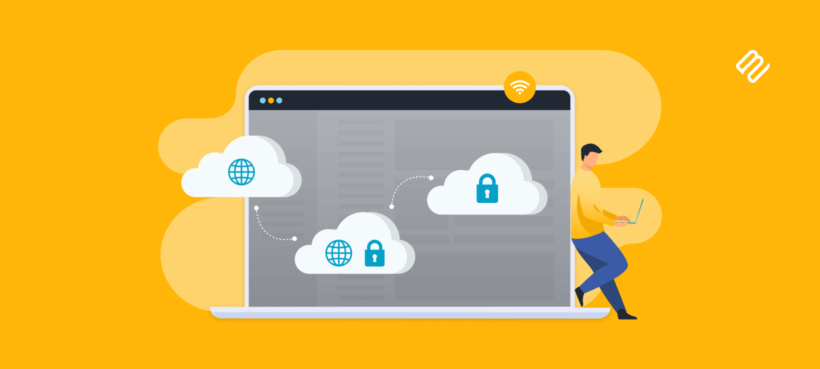A Shift in How Students Learn and Explore
Education has always followed the books. From dusty shelves in quiet libraries to lightweight devices loaded with e-books, the journey has been long. Today e-libraries are not just a convenience—they are becoming the backbone of modern learning. They’re reshaping how students access knowledge and how schools and universities operate.
In many places access to physical books remains limited. That’s where online collections step in. Many turn to Z lib when searching for fresh inspiration because it’s quick versatile and loaded with variety. In one sitting a curious learner can jump from classical philosophy to cutting-edge science without moving an inch. That kind of fluid exploration wasn’t possible a few decades ago.

Opening New Doors in Classrooms and Beyond
Teachers are adapting too. No longer limited to a fixed curriculum or a static reading list they now draw from a wider pool of material. That means lessons can be more flexible and up to date. Imagine discussing climate change using data published just last week or examining literature through modern reinterpretations of old themes. E-libraries allow that.
Students benefit in other ways too. Accessibility matters and digital collections solve several long-standing problems. Texts can be adjusted for visual needs read aloud or translated on the spot. That kind of support is a lifeline for learners with disabilities or those studying in a second language. With nothing more than a smartphone they can dive into thousands of works and build real knowledge brick by brick.
Why Educators Embrace E-Libraries
One reason e-libraries work so well in schools and universities is how they remove obstacles. No queues no late fees no worries about losing a book. Just access and focus. That simplicity helps students stay engaged and teachers stay organized.
More than that e-libraries often carry rare publications or alternative perspectives that may not appear in standard textbooks. Whether it’s a 19th-century medical journal or underground political essays from the 1960s online collections create space for deeper thought and broader discussion.
Here’s what’s fueling this shift to digital collections:
-
Availability Regardless of Geography
In rural or underserved regions students often lack access to well-stocked libraries. With e-libraries all they need is a signal and a screen. That’s a game changer for communities that once depended on outdated or secondhand books. It puts every learner on more even footing no matter where they live.
-
Real-Time Updates and Living Content
Printed books go out of date. Digital ones can be updated or replaced in seconds. That matters in fast-moving fields like technology science or law. Educators can rely on e-libraries to stay current without waiting for the next school budget cycle or printing run.
-
Personalized Learning Paths
Digital reading tools let learners set their own pace. They can revisit a chapter bookmark key ideas or jump around as needed. It supports independent thinking and builds better study habits over time. Students are no longer tied to a rigid start-to-finish reading style—they explore what sparks their mind.
And when learners hit a wall these collections are there to offer new angles or lesser-known works that unlock ideas in unexpected ways.
What the Future Might Hold
If anything this trend is just beginning. Schools are building partnerships with online archives and universities are designing entire courses around digital access. What once felt experimental is now a trusted part of the academic toolbox.
The reach of these platforms continues to expand. According to Wikipedia many of the most visited online collections are already serving millions of users each month. That volume tells a story—students researchers and casual readers are all finding value in digital learning spaces.
None of this means physical books are disappearing. There’s still something to be said for turning a real page or writing notes in the margin. But e-libraries are no longer the alternative. They’re a pillar of the system and a sign that education is willing to evolve.












Add Comment